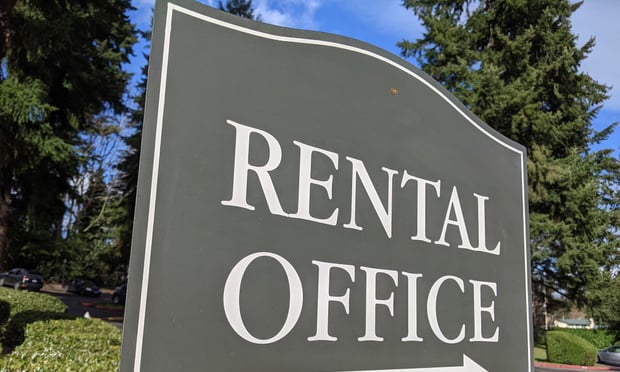
When construction projects go bad, costs overruns and delays can wreak havoc on what otherwise appear to be lucrative developments projects. Final construction costs frequently far exceed budgets for filed projects, and indirect costs such as additional interest, insurance, taxes, and fees only make things worse. The impact of missed market opportunities can be even more significant. If your retail center doesn't open before the holiday season, dorm opens after the start of college, or the project fails to meet a contracted delivery date, losses can add up.
The Construction Lender Risk Management Roundtable (CLRM) brings industry leaders together to share ideas and best practices for managing construction risks like these. The risk of failure is magnified by current construction market conditions; increasing materials costs, the availability of experienced contractors and skilled labor, and continued slow economic recovery all contribute to additional uncertainties.
Minimizing these risks was one of many topics addressed in the CLRM 2018 annual meeting. Sound construction risk management consists of some form of preconstruction review of plans, budgets and schedule (Document and Cost Review) is typically performed to develop an understanding of risks before investing in or lending on construction projects, while progress monitoring and controlled disbursement of funds help to minimize risks during construction, though the level of detail can vary significantly. In addition to these internal controls, there are three industry approaches which can further reduce risks.
Construction Completion Commitment
Construction Completion Commitments can help to avoid failures by early recognition of troubled projects. By evaluating plans, budgets, etc. before funding, and actively monitoring the work and disbursements during construction, Completion Commitments can increase the chances for a successful project and reduce the magnitude of losses when things go wrong.
The Completion Commitment incorporates a broad range of due diligence and monitoring activities beginning with review of construction documents (Document and Cost Review) and Contractor Evaluation to evaluate concerns before the work begins. Once construction is underway, progress monitoring, budget reviews, reconciliation of lien waivers, and control of disbursements are performed to provide early warning of problems.
Costs are typically about 50% of the cost of surety bonds. A claim can be trigged by contractor default, but the provider can sometimes provide services to keep things on track. Unlike bonds and subcontractor default insurance, the Completion Commitment doesn't provide funds for the project. If default occurs, the provider will assist with replacement of the general contractor to get things moving again.
Surety Bonds
Surety bonds protect owners from budget overruns in the event of default by the general contractor. The owner, contractor and surety company enter into an agreement which is triggered if the contractor is unable to satisfy contract requirements. In some cases, bonding of major subcontractors is used in lieu of general contractor bonds, though this provides more limited protection to the owner.
Bonding fees usually range from 1.25% to 1.75% of construction costs. When claims occur, surety companies are typically entitled to recover costs from the general contractor. As a result, underwriting is based primarily on the financial capacity of the contractor, without evaluation of project-specific risks. Bonds provide first-dollar protection against additional costs resulting from a default; however, the investigation of claims, determination of coverage, etc. can take some time. Related delays can significantly impact carrying costs and can result in missed market opportunities, though the financial assurance can make these risks worthwhile.
Subcontractor Default Insurance
Contractors can be responsible for significant losses when subcontractors are unable to perform on contracts. Subcontractor Default Insurance, also called SDI or Subguard, protects the contractor from direct and indirect expenses resulting from default of a subcontractor, which can help avoid an overall default by the general contractor, but provides no direct benefit to the developer or lender.
Insurance is normally available for about half the cost of a bond. When a claim occurs, the general contractor is typically responsible for a deductible of $250,000 or more; however, the insurer typically reimburses for costs to complete work under the subcontract or correct defective or nonconforming work/materials; legal and professional fees resulting from the default; liquidated damages; acceleration and extended overhead costs incurred by the general contractor.
The best approach to the risk of contractor default can vary. Risk transfer methods like bonding and subcontractor default insurance can provide additional funding when default occurs, whereas the enhanced risk management provided by Completion Commitments can help to reduce the risk of default to avoid additional impacts to the project.
© 2025 ALM Global, LLC, All Rights Reserved. Request academic re-use from www.copyright.com. All other uses, submit a request to [email protected]. For more information visit Asset & Logo Licensing.








